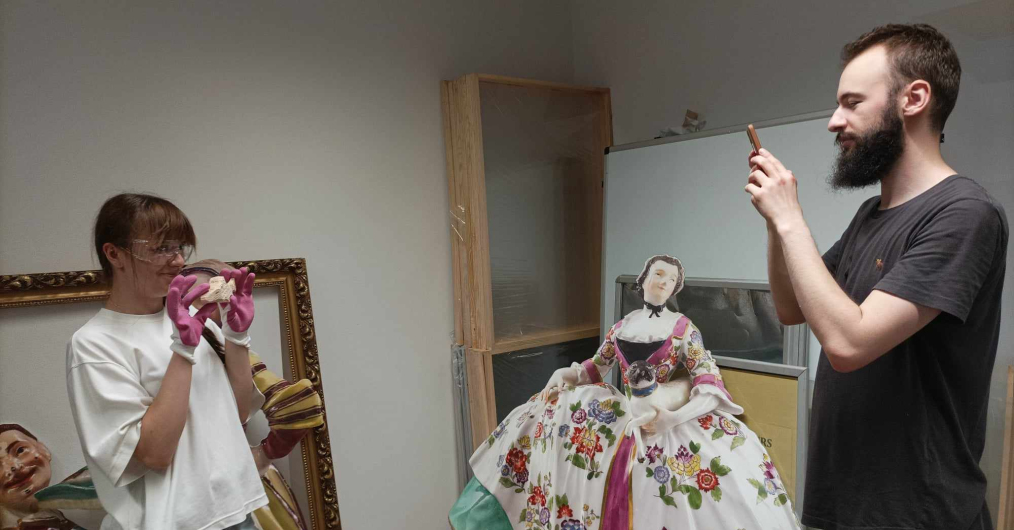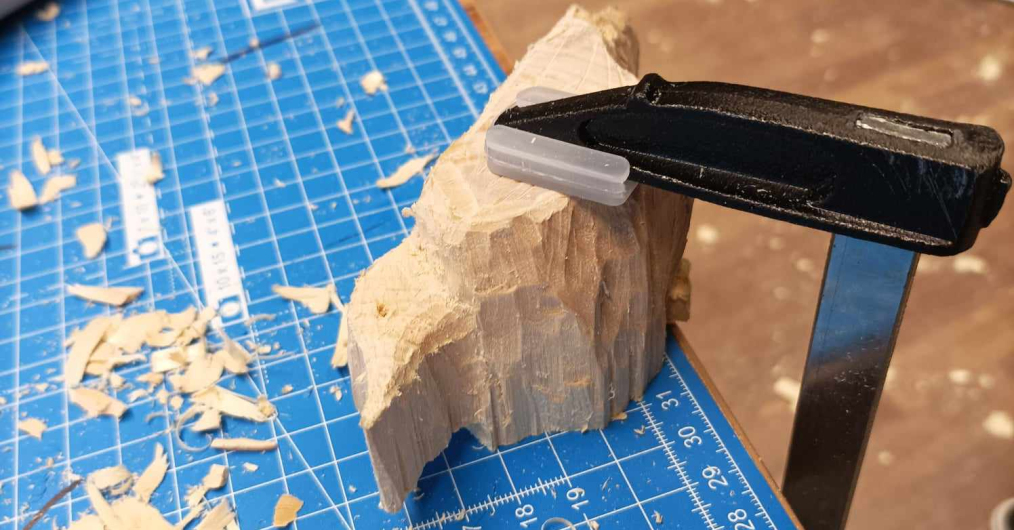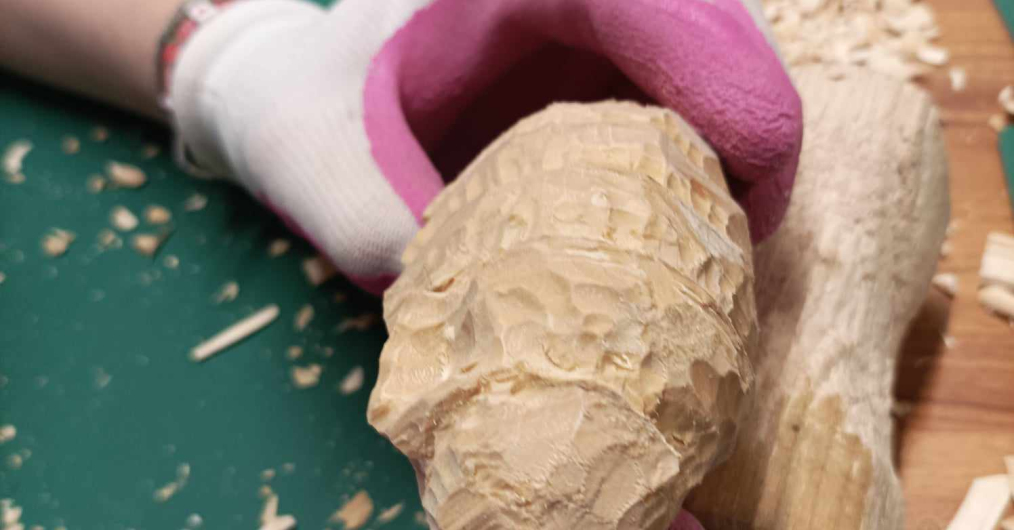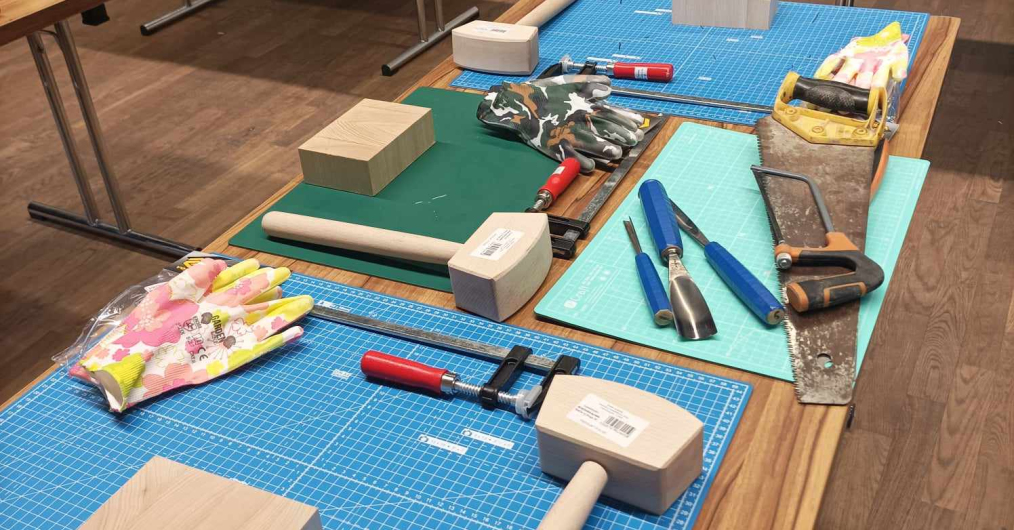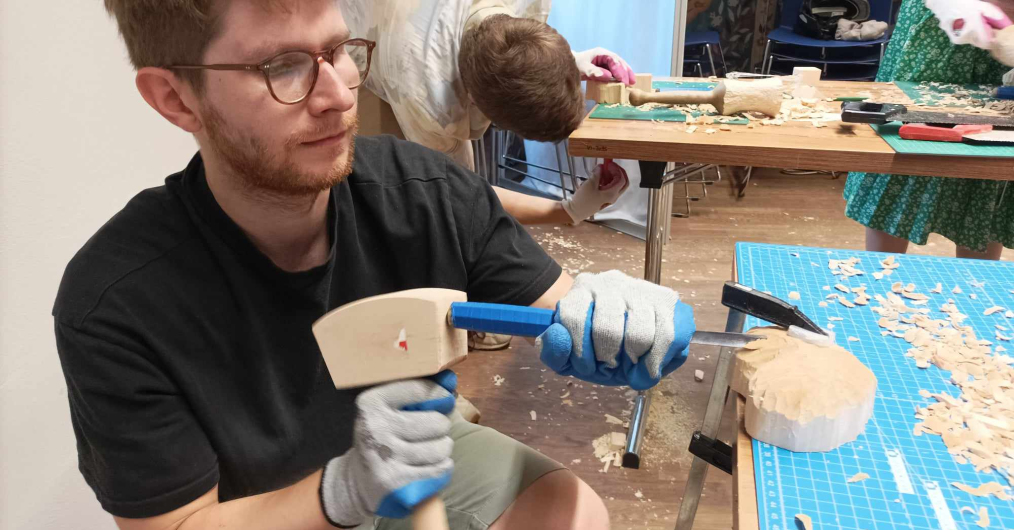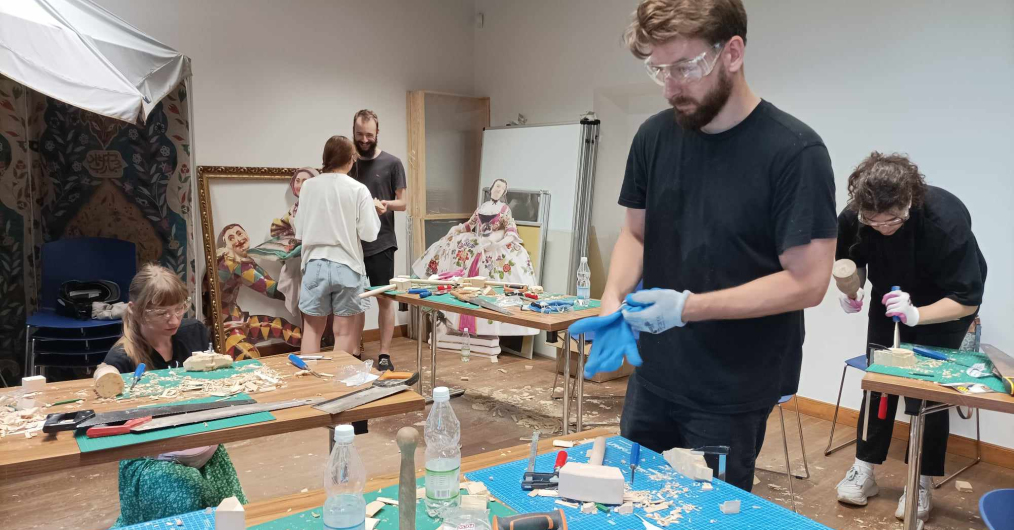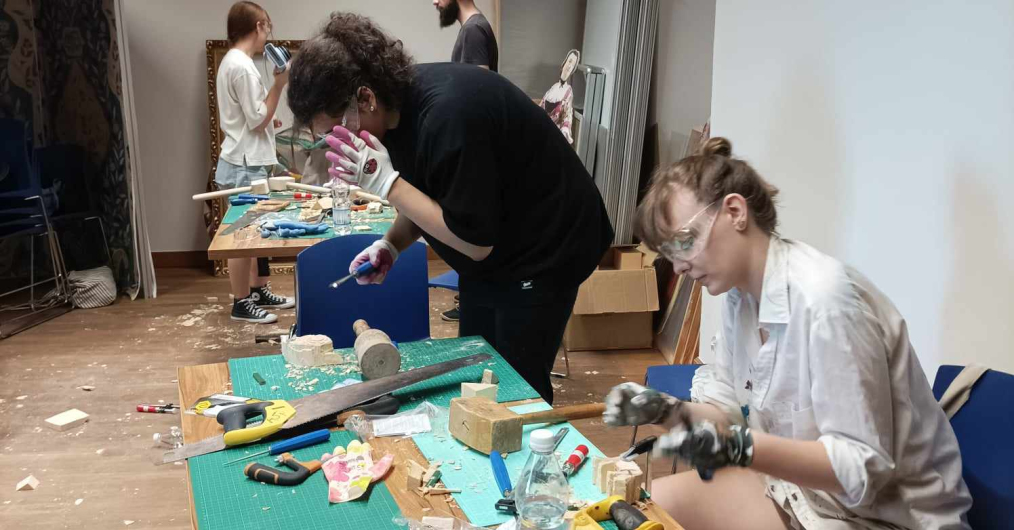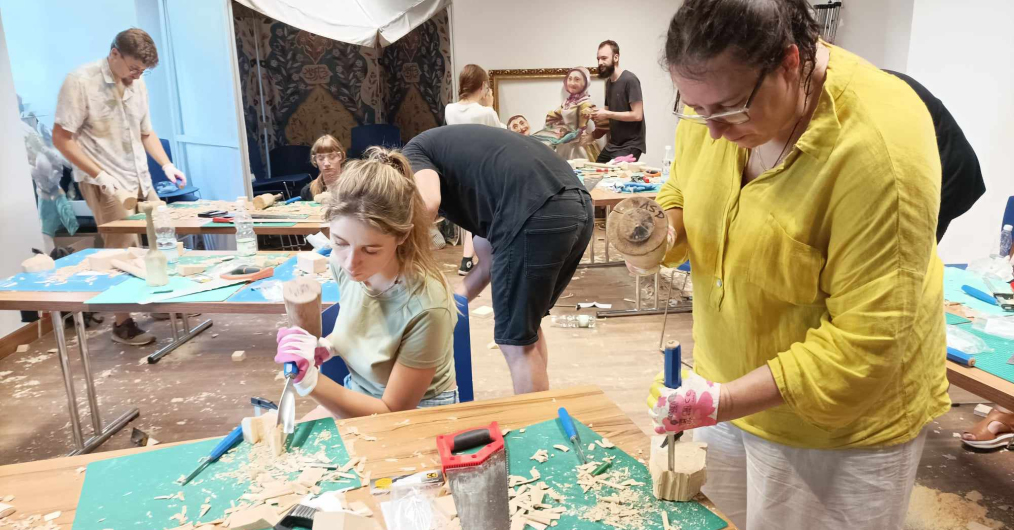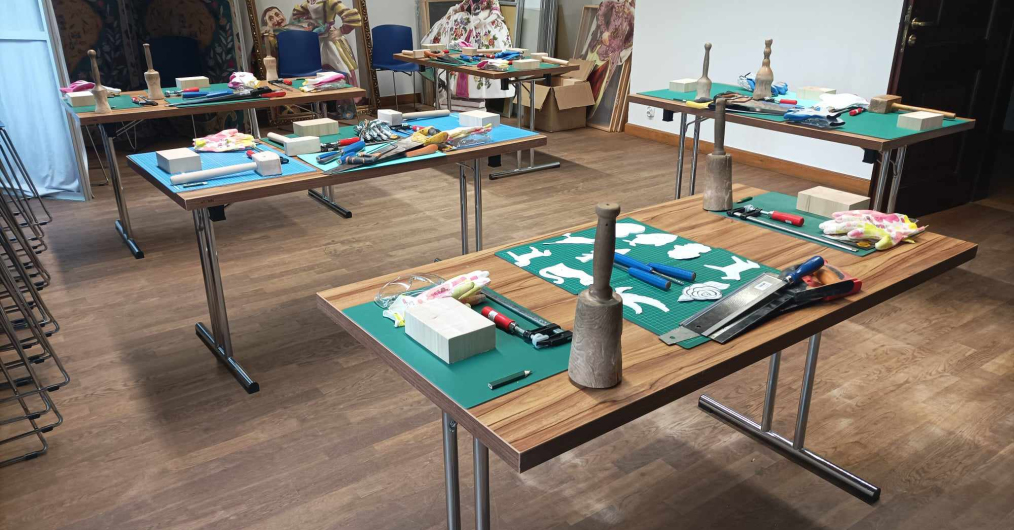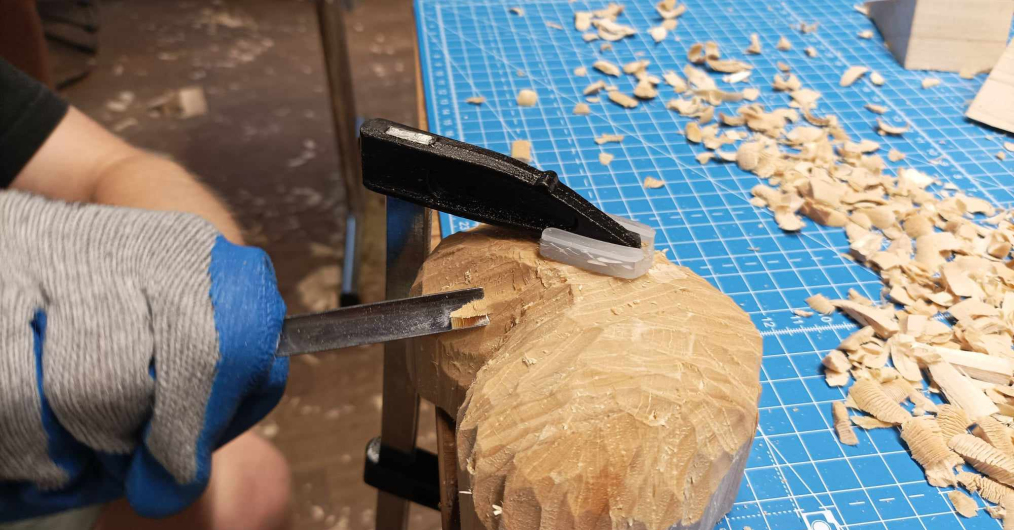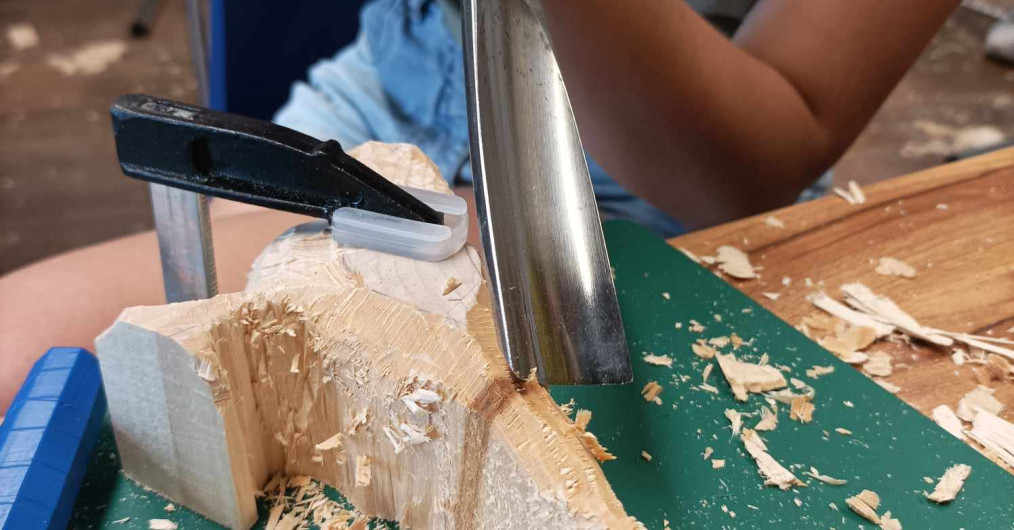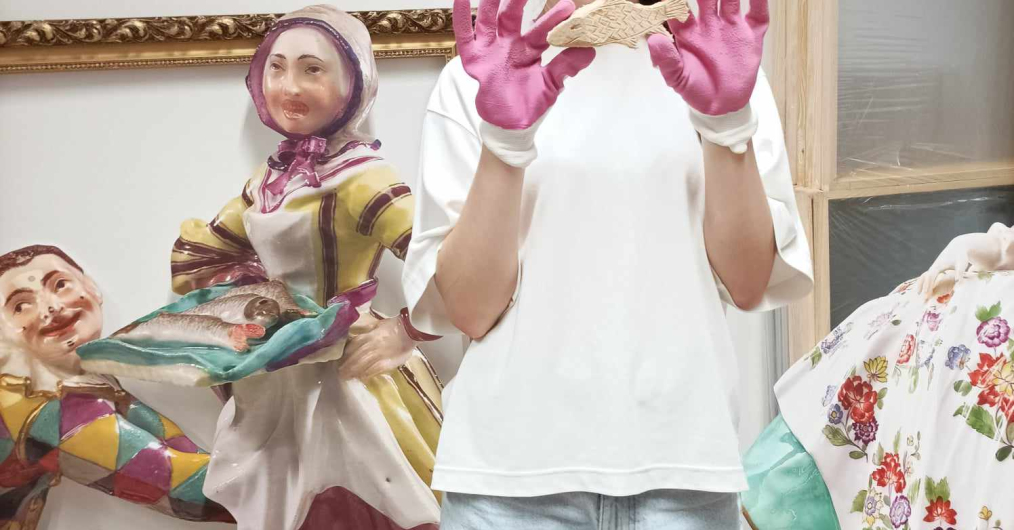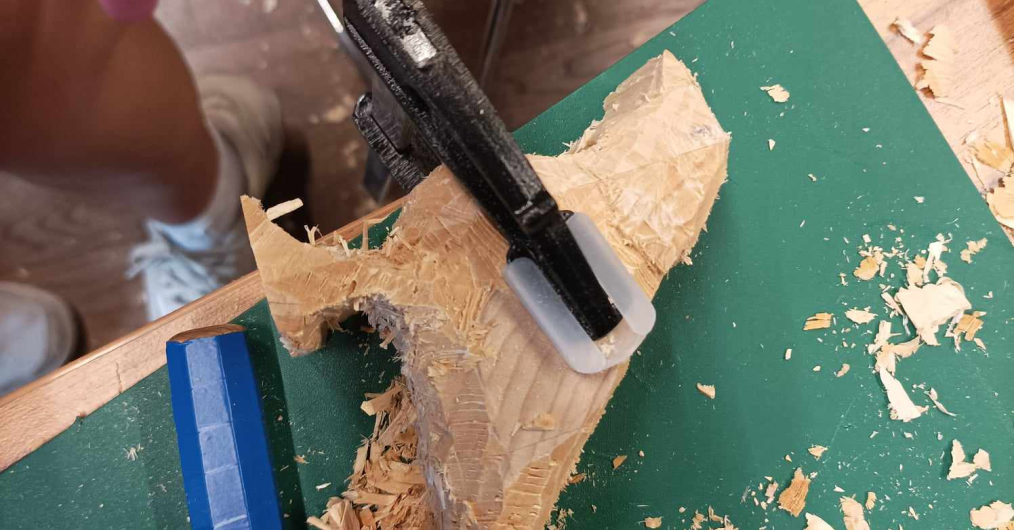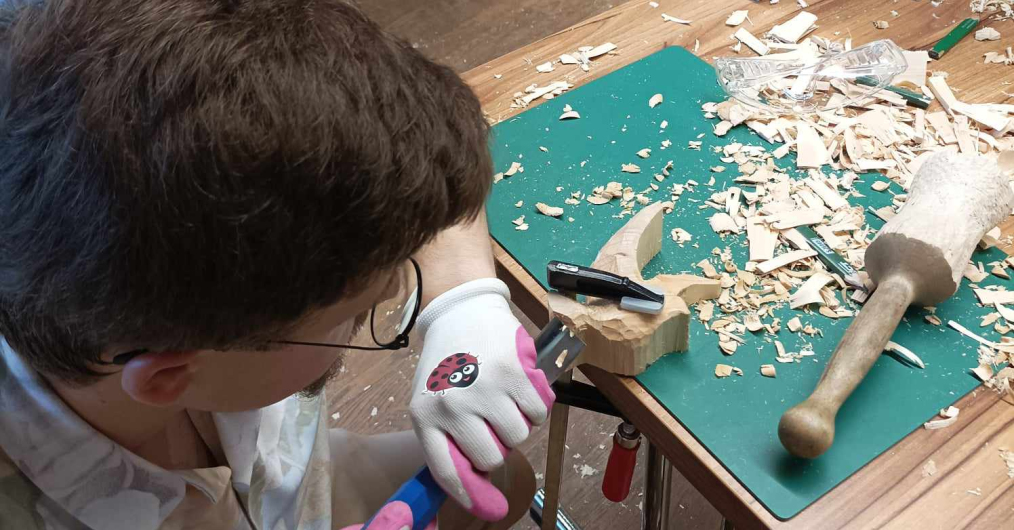Emotions: Lviv Rococo Sculpture
June 20 – September 15, 2024
We invite you to visit the second edition of the presentation of masterpieces from the old Borderlands of the Polish-Lithuanian Commonwealth. The exhibition entitled ‘Emotions. Lviv Rococo Sculpture’ will continue the last year’s display ‘Expression. Lviv Rococo Sculpture’.
At Wawel we will show all preserved sculptures from the original furniture of the Missionary church of Immaculate Conception of the Blessed Virgin Mary in Horodenka, made in 1755–1757 by Johann Georg Pinsel and his workshop. From the original decoration of the church, only four figures are preserved, i.e. almost three metre high figures from the high altars, depicting Saints Anne, Joachim, Elisabeth, and Joseph, angels from the finial (one destructed, comprising a head and a torso), four putti, nine winged angel heads, two clouds, and the residually preserved figure Christ Sending Out the Apostles (?) from the pulpit. Over twenty objects have been borrowed from the Lviv National Art Gallery and the Art Museum of Prykarpattia in Ivano-Frankivsk. They will be presented (similarly to the previous exhibition) in two halls of the western wing on the second floor of the castle.
We invite you to visit the second edition of the presentation of masterpieces from the old Borderlands of the Polish-Lithuanian Commonwealth. The exhibition entitled ‘Emotions. Lviv Rococo Sculpture’ will continue the last year’s display ‘Expression. Lviv Rococo Sculpture’.
At Wawel we will show all preserved sculptures from the original furniture of the Missionary church of Immaculate Conception of the Blessed Virgin Mary in Horodenka, made in 1755–1757 by Johann Georg Pinsel and his workshop. From the original decoration of the church, only four figures are preserved, i.e. almost three metre high figures from the high altars, depicting Saints Anne, Joachim, Elisabeth, and Joseph, angels from the finial (one destructed, comprising a head and a torso), four putti, nine winged angel heads, two clouds, and the residually preserved figure Christ Sending Out the Apostles (?) from the pulpit. Over twenty objects have been borrowed from the Lviv National Art Gallery and the Art Museum of Prykarpattia in Ivano-Frankivsk. They will be presented (similarly to the previous exhibition) in two halls of the western wing on the second floor of the castle.
Expression. Lviv Rococo Sculpture was the second most willingly visited exhibition in Poland in 2023 (124,000 visitors). The high interest of the visitors proved that it was worth presenting the masterpieces of Lviv Rococo sculpture and paying notice to this still unknown phenomenon of art, constituting one of the most important and expressive trends in Early Modern European sculpture.
Both the figures from the parish church in Hodovytsya, presented at Wawel in 2023, and this year’s figures from the Missionary church in Horodenka are created by the same artist but they differ very much. Gilded and polychrome Hodovytsya sculptures are the opposite of the monumental figures of saints from the high altar in Horodenka, lacking polychromy, although originally white thanks to the use of the chipolin technique. The differences between these realisations prove the great scale of Johann Georg Pinsel’s talent, who, using his typical means of expression, such as impressive, deeply cut, geometrical drapes, sophistically formed beards and eyelashes, was able to create sculptures of totally different character.
The raw texture and expressiveness of the figures are even easier to notice due to the poor state of preservation, resulting from the dramatic history of the sculptures, which luckily avoided being burnt at the last moment. The presentation and protection of these exceptional works during the unfortunately still ongoing war in Ukraine further builds up the drama and, referring to the title of the exhibition, multiplies the emotional reception of the monuments.
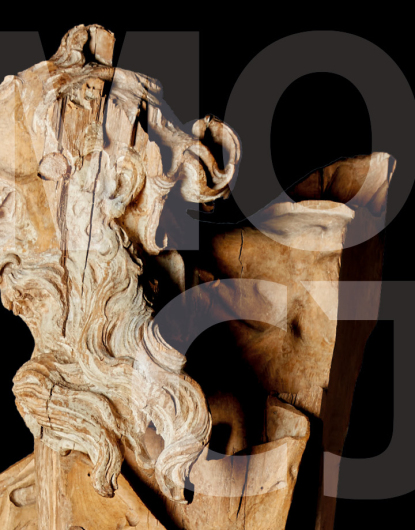


 Partner of the Wawel Royal Castle
Partner of the Wawel Royal Castle
 Strategic Partner of the Wawel Royal Castle
Strategic Partner of the Wawel Royal Castle
 Education Patron of the Wawel Royal Castle
Education Patron of the Wawel Royal Castle
 Львівська національна галерея мистецтв імені Б.Г. Возницького
Львівська національна галерея мистецтв імені Б.Г. Возницького
 Музей Мистецтв Прикарпаття
Музей Мистецтв Прикарпаття










